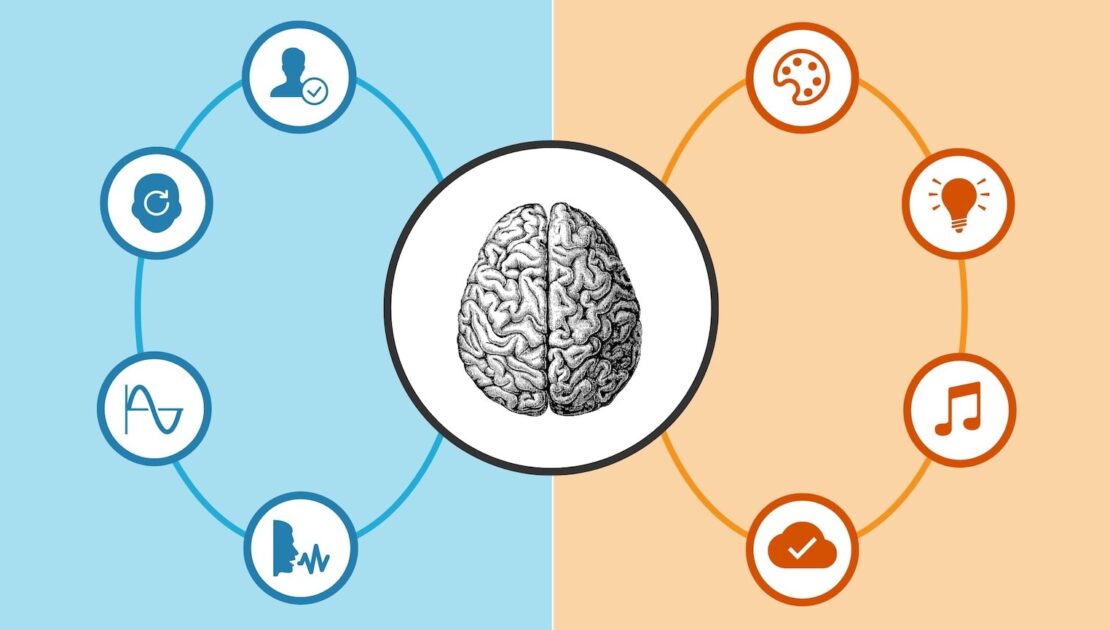Kurt Lewin (1951) introduced the three-step change model. This social scientist views behavior as a dynamic balance of forces working in opposing directions. Driving forces facilitate change because they push employees in the desired direction. Restraining forces hinder change because they push employees in the opposite direction. Therefore, these forces must be analyzed and Lewin’s three-step model can help shift the balance in the direction of the planned change.
According to Lewin, the first step in the process of changing behavior is to unfreeze the existing situation or status quo. The status quo is considered the equilibrium state. Unfreezing is necessary to overcome the strains of individual resistance and group conformity. Unfreezing can be achieved by the use of three methods. First, increase the driving forces that direct behavior away from the existing situation or status quo. Second, decrease the restraining forces that negatively affect the movement from the existing equilibrium. Third, find a combination of the two methods listed above. Some activities that can assist in the unfreezing step include: motivate participants by preparing them for change, build trust and recognition for the need to change, and actively participate in recognizing problems and brainstorming solutions within a group (Robbins 564-65).
Lewin’s second step in the process of changing behavior is movement. In this step, it is necessary to move the target system to a new level of equilibrium. Three actions that can assist in the movement step include: persuading employees to agree that the status quo is not beneficial to them and encouraging them to view the problem from a fresh perspective, work together on a quest for new, relevant information, and connect the views of the group to well-respected, powerful leaders that also support the change.

